The History of Portable Music Players

The History of Portable Music Players
Index
Prepare for a trip down memory lane as we retrace the history of portable music players.
You Can’t Always Get What You Want, the title of a Rolling Stones hit from 1969, sure isn’t indicative of how we dine out on music these days.
When it comes to song choice, we get what we want when we damn want it.
While we take this instant gratification for granted, it’s easy to forget it wasn’t always so simple.
Customer-focused music tech has come a long, long way. But it’s taken a wild ride to reach this point.
Tune in as we retrace the history of portable music players.

Although item no.2 on our list is often credited as the first portable music device, let’s not overlook the trusty transistor.
It fits the brief, delivering music on the go – albeit without self-selection and other conveniences – and was an epic invention for its time. Ahhh, lower expectations.
The first commercial transistor radio – the Regency TR-1 – hit the market in 1954 and, along with competitor versions, quickly became a massive hit. The portable players have generated millions of sales worldwide.
Although the technology is not completely redundant – transistor radios are still in production today – their demise was significant.
Video may have killed the radio star, but it’s the next tech advancement on our list that played a huge part in shunting these pocket rockets to the backbenches.
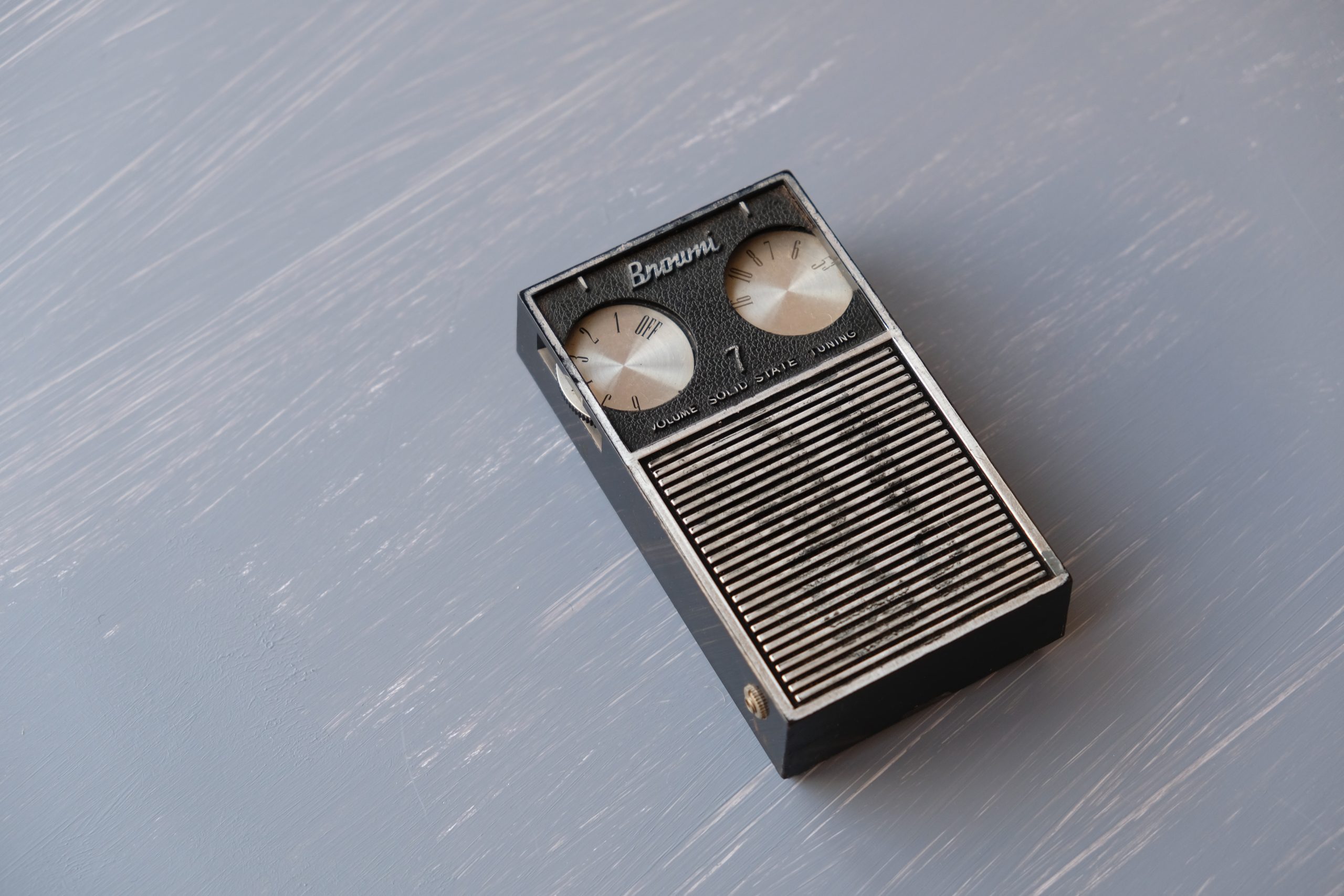
While cassette tapes – aka compact cassettes – and their associated players were first developed in the early 1960s, it wasn’t until the ‘70s that they found the mainstream. And the popularity spiked massively in 1979 with the arrival of the Sony Walkman.
Sleek, compact, and with incredible sound quality for its time, the portable product was a weapon. It even came with a crazy thing called a headphone jack that enabled music to be enjoyed privately (because who listens to Nickelback out loud?).
Naturally, several copycats entered the market, even leading to court cases in some parts of the world as debate raged about the genericness or otherwise of the term Walkman.
After a memorable stint, the popularity of this portable player was rapidly halted with the emergence of the next tech on our list. Production of the Sony Walkman ceased in 2010.
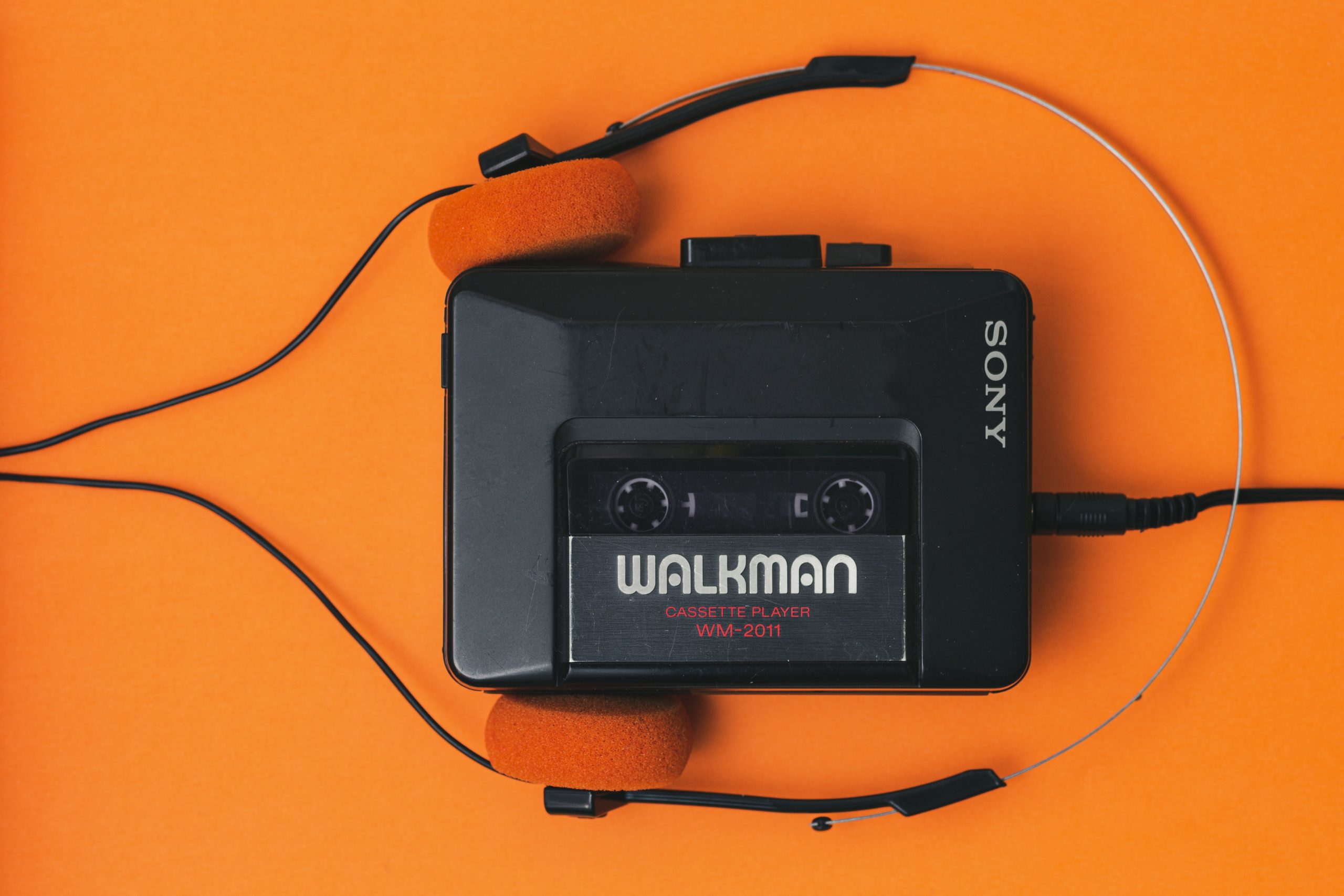
Goodbye, Walkman. Hello, Discman – aka CD Walkman. As CDs entered the public sphere, these game-changing devices were all the rage. Among other advances, portable CD players offered superior sound quality compared to cassettes and allowed the simplicity of selecting an album track of choice (whaaaat?).
Launched in 1984, the Discman D-50 is credited as the first portable CD player. Its popularity exploded in the 1990s; the introduction of electronic skip protection in ‘97 led to the item reaching must-have status. As was the case with the Walkman, similar competitor products entered the market.
Then, just like inventions before it, portable CD players were traded in for the next best thing.
Side note: Despite the Discman and CD Walkman ceasing production, portable CD players have enjoyed a renaissance. Many consumers have turned or returned to new and improved devices, with an argument that they deliver superior sound quality compared to audio produced via streaming or digital platforms.
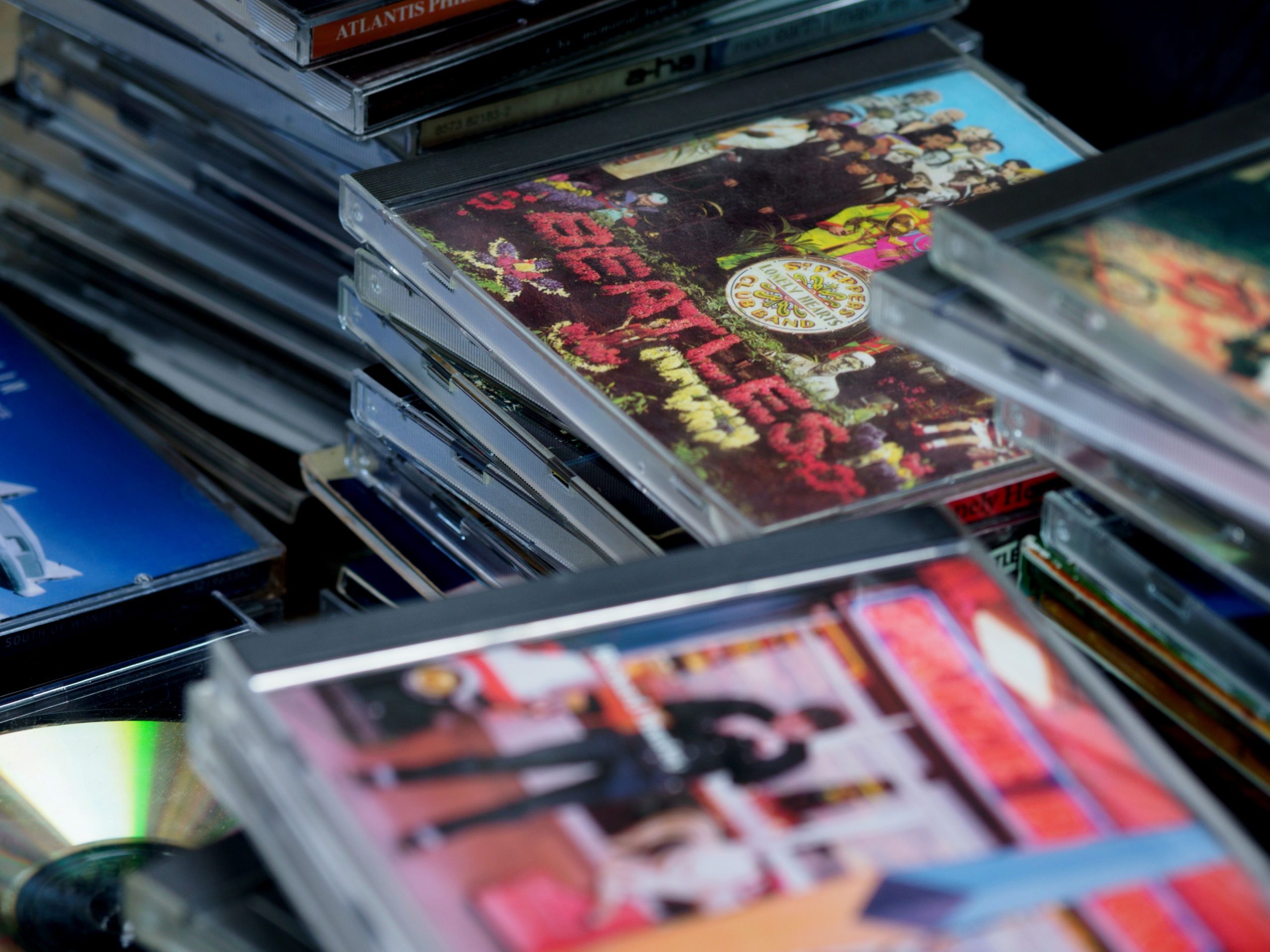
A quick shout out to this portable CD player, which faced several hurdles that prevented it from wider circulation.
Although it did seem to be a ‘flash in the pan’ invention, particularly in Australia, it’s interesting to note the MiniDiscplayer’s lifespan extended from 1992-2013.
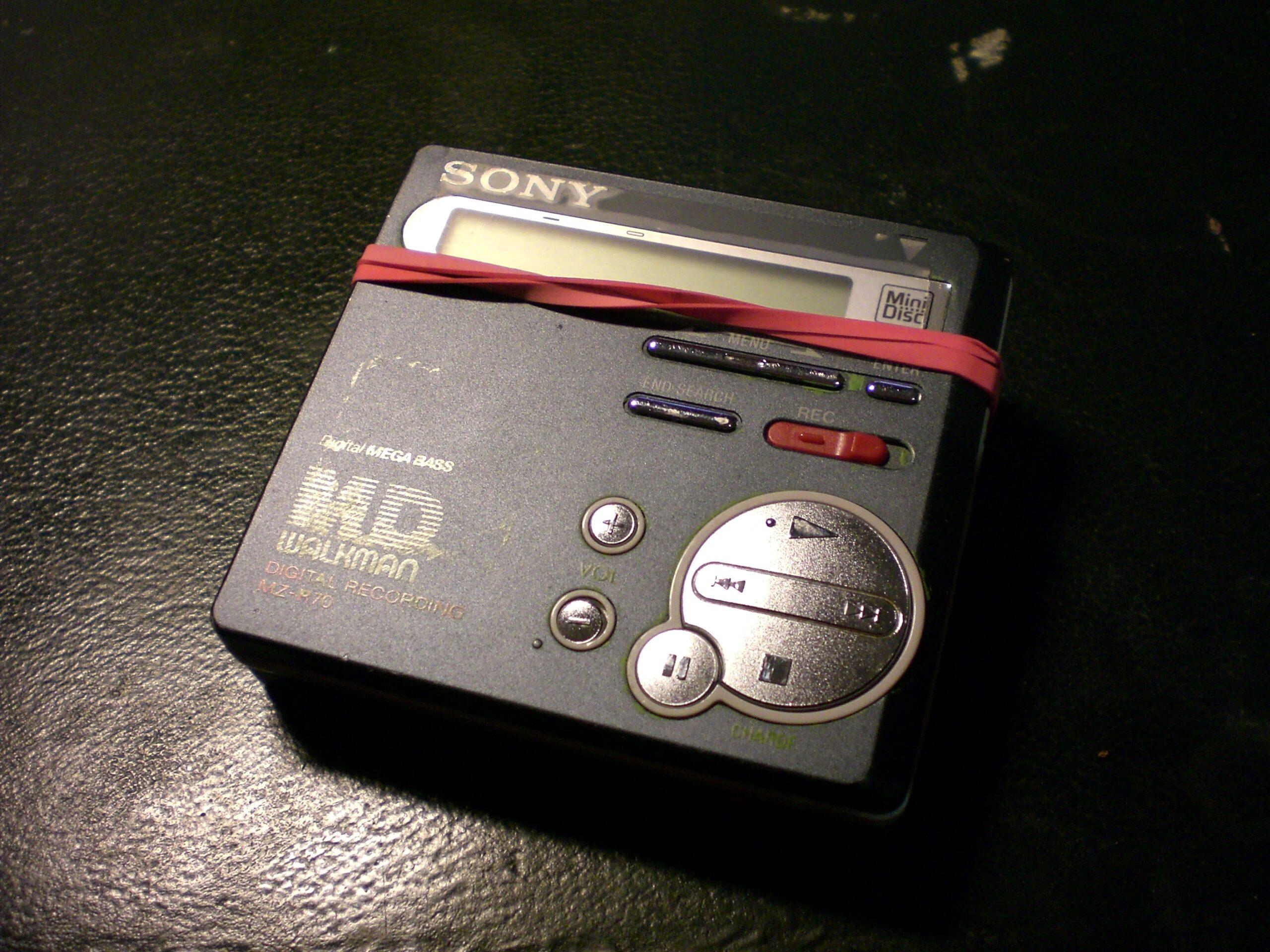
The mid-1990s signalled the beginning of a landmark period in the history of portable music devices when MP3s burst onto the scene. The compressed files completely changed the game.
Their arrival was quickly followed by the introduction of portable media players and digital audio players. These products could hold considerable amounts of music (and other entertainment), completely outshining the capabilities of the Discman and its friends.
Of all tech in the genre, none was bigger than the Apple iPod. It entered the market in 2001 and from the get-go raced past its clunkier competitors, supported by Apple’s immensely successful iTunes platform.
In mind-blowing news, the iPod allowed users to “fit your whole music library in your pocket,” as former Apple CEO, the late Steve Jobs, said during a launch event. Improved comfort levels – i.e. smaller devices – and capabilities followed as newer versions were rolled out.
While stunningly popular, portable media players were soon added to the critically endangered list as tech evolved once more.
Side note: Apple discontinued the production of the iPod series in mid-2022 after selling an estimated 450 million products throughout its lifetime.
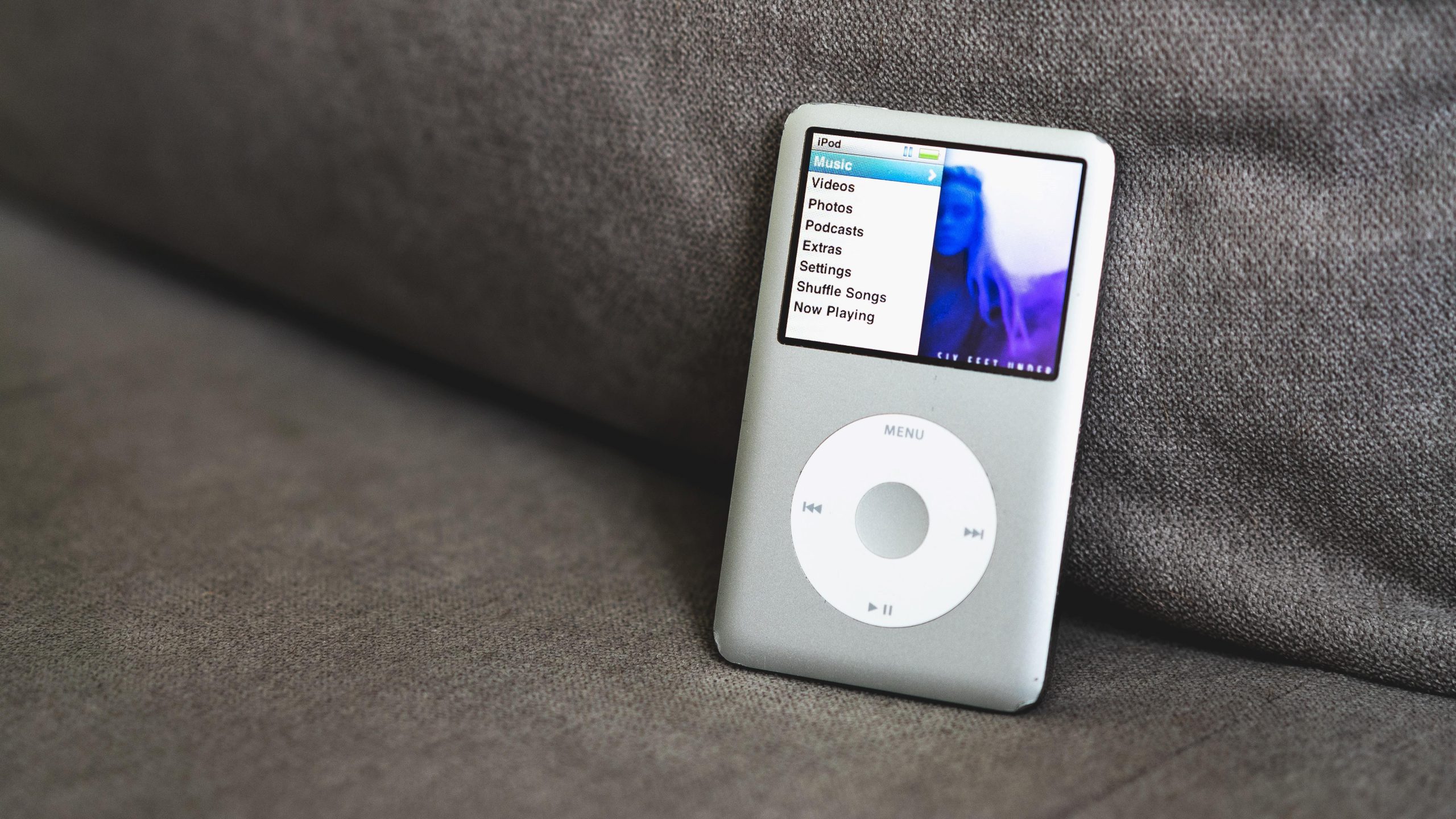
While iPods and the like signalled a gigantic leap forward in the realm of the portable music player, the next installment was just as significant.
Smartphones and related tech rapidly enhanced availability to music on the go as well as elevated the convenience of such consumption. You mean to say a mobile phone and a music player in one?! Of course, in this age, easy access to music is just a small slice of a smartphone’s potential.
Interestingly, the first mobile phone with a built-in MP3 music player predated the iPod. Samsung created the SPH-M2100 in South Korea in 1999 before launching the SPH-M100 (UpRoar) in the US market the following year.
But neither SPH product or any other device was even close to being in the same league as the Apple iPhone, when it was unveiled. The launch of the first iPhone in 2007 is undoubtedly the most defining moment in this chapter of the portable music player, if not its entire history.
At the time, it was light years ahead of any opposition. The functionality, ease of use, and storage capabilities were insane, and the product singlehandedly rewrote consumer expectations.
The first iPhone wasn’t available in Australia. In fact, it was sold in just six countries. However, the second iteration of the tech – the iPhone 3G – finally arrived Down Under in July 2008.
Nowadays, the iPhone is available in most countries, as are many competitor android products. Staggeringly, an estimated 2.24 billion iPhones have been sold since its inception.
In 2023, there are an estimated 6.92 billion smartphone users in the world, equating to more than 85 per cent of the population.
It’s a long way forward from the days when the transistor radio was a force in the world of portable music players.

While they are not devices, music sharing and streaming services warrant mention among these words. They have played a significant role in redefining the portable music-playing experience.
Streaming services came into existence in the late 1990s and have provided plenty of controversy along the way!
The act of streaming music via smartphones was introduced around the time the iPhone was launched (clearly, that tech enabled the existing iTunes bandwagon to continue on its merry way).
The likes of YouTube and Pandora had mobile-based streaming capabilities as far back as 2007 and were later joined by other leading platforms, such as Spotify, in delivering songs on the go.
And let’s not forget the introduction of EarPods and AirPods, tech developments that have also played a notable support role in the history of portable music players.
Yep, we’ve come a long way. Now, what’s next?
Want another blast from the past? Check out this list of obsolete technology.
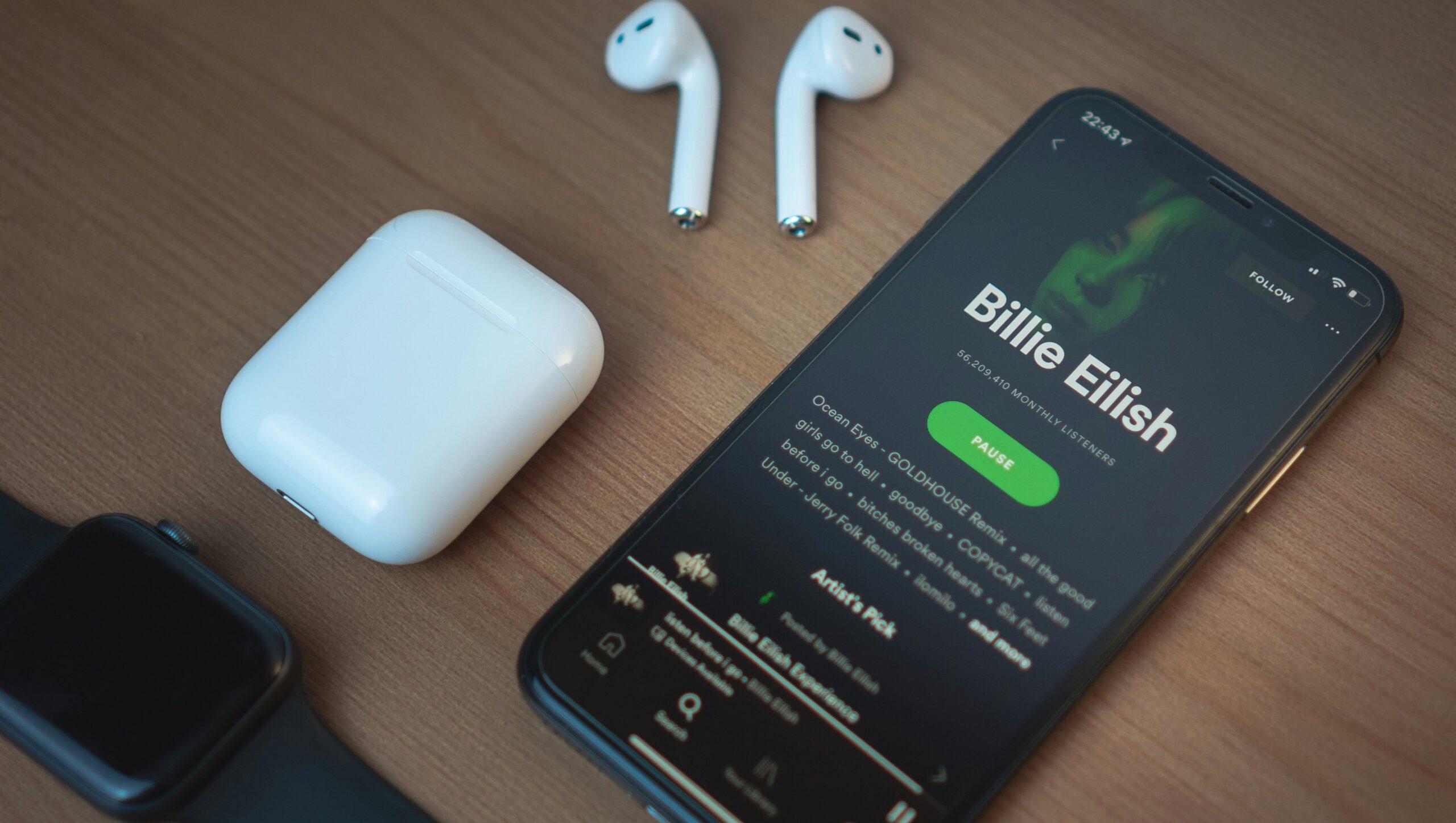
At Hunt & Hawk, we’re a highly versatile and experienced team of branding, marketing, and sales experts. And we’ve perfected a formula that enables disruptive SaaS, professional services, and tech companies to scale, grow, and excel through experiences.
Keen to learn more? How would you like to interact with us?
- I’m just browsing: Explore more of our website.
- I’d like to send an email: Contact us at hello@huntandhawk.com.
- Help! Right now! Book a meeting to chat.